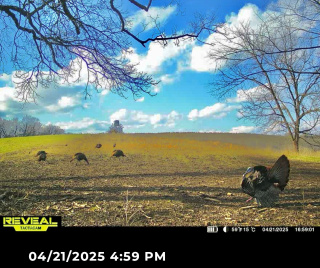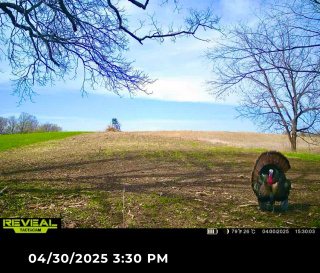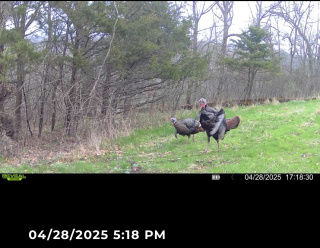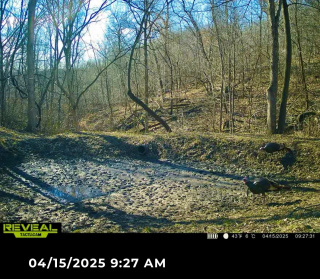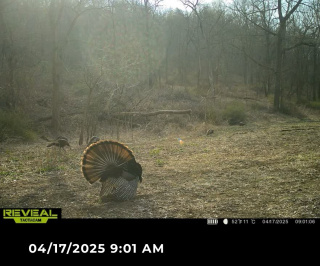Blog
🦃 Maximize Your Turkey Season Success with Trail Cameras
Posted: 5/1/2025
Most serious deer hunters are no strangers to trail cameras. They're a staple during deer season-helping hunters scout patterns, monitor movement, and plan stand locations. But once the whitetail season wraps, most cameras get packed away until late summer.
Here's the thing: If your're a turkey hunter, you're missing out on one of the most valuable tools in your shed.
A lot of hunters assume turkeys don't require as much scouting because they're loud, often out in the open, and easy to spot. But anyone who's chased sping gobblers knows that one day they're gobbling and strutting like rockstars, and the next, they vanish into thin air. This unpredictability is a big reason why so many turkey tags go unfilled each year.
With short seasons and narrow windows of opportunity, it's not ideal to rely on trial and error. That's where trail cameras come in.
Why Use Trail Cameras for Turkey Hunting?
Turkeys are creatures of habit. They have daily routines—flying off the roost at first light, becoming more active mid-morning, disappearing in the afternoon, then showing up again just before sunset. The tricky part? These bursts of activity often happen in different areas throughout the day.
With trail cameras in strategic spots, you’ll start to see predictable patterns that can help you be in the right place at the right time.
Where to Set Your Turkey Cameras:
-
Strutting Zones: Openings in the timber near ag fields, ridge tops, or hidden meadows.
-
Open Gates: Turkeys prefer walking through rather than flying over fences.
-
Dusting Sites: Look for shallow depressions in sandy soil with feathers, tracks, and droppings.
-
Waterholes or Ponds: Especially active late morning through midday.
-
Roost Tree Approach Paths: Look for areas with concentrated droppings and natural access routes like logging roads.
Trail cameras give you a front-row seat to what’s happening across your hunting grounds—even when you’re not there. They reveal when and where turkeys are most active, how weather affects their movement, and give you the data you need to adjust your hunting strategy on the fly.
Let your cameras do the scouting. You’ll save time, reduce pressure on your hunting property, and stack the odds in your favor.


